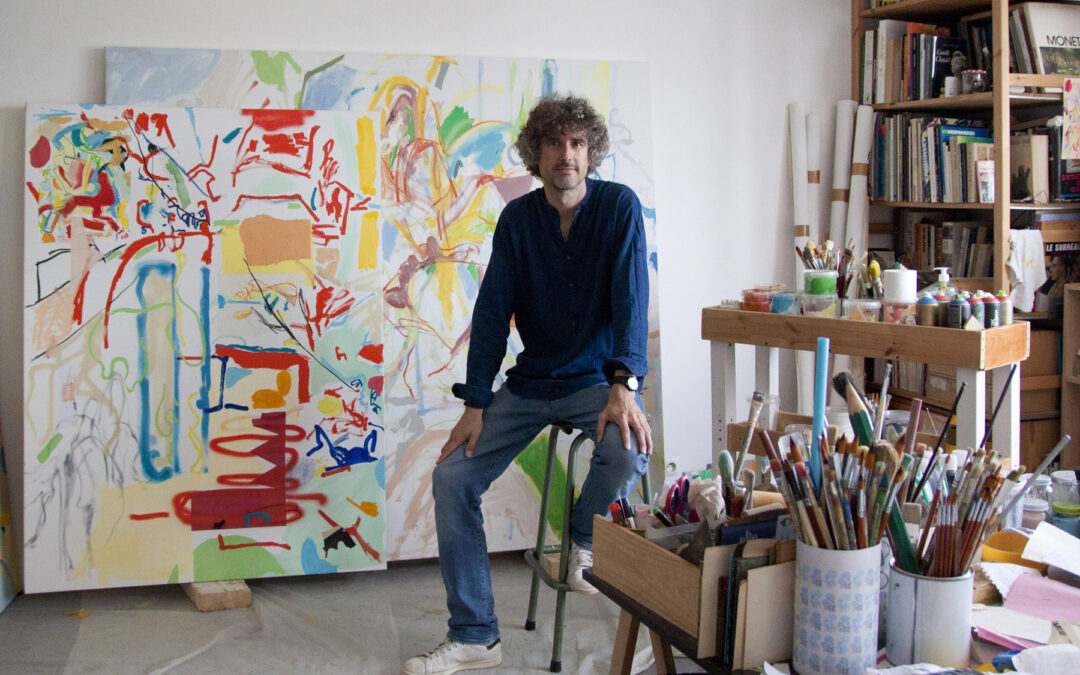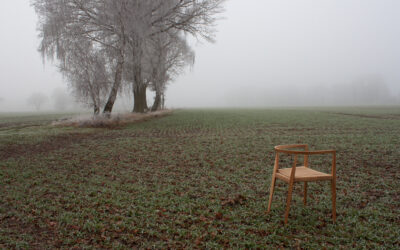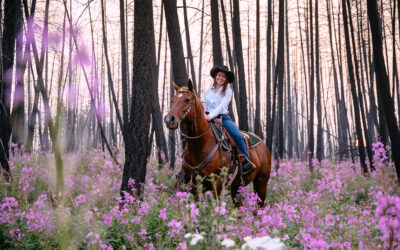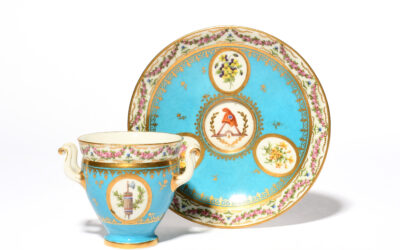Employing the spontaneity and emotion of Abstract Expressionism, French artist Armand Brac creates large-scale oil paintings and paper collages. He uses vibrant colors to encompass sentiment and urgency echoing the creative tones of jazz and poetry in his substantial compositions. Armand’s work has been exhibited in Los Angeles, Berlin and Paris, where he resides. Armand Brac was born in Paris. He got a master level II degree in Art Direction and graphic design at Esag Penninghen in Paris.
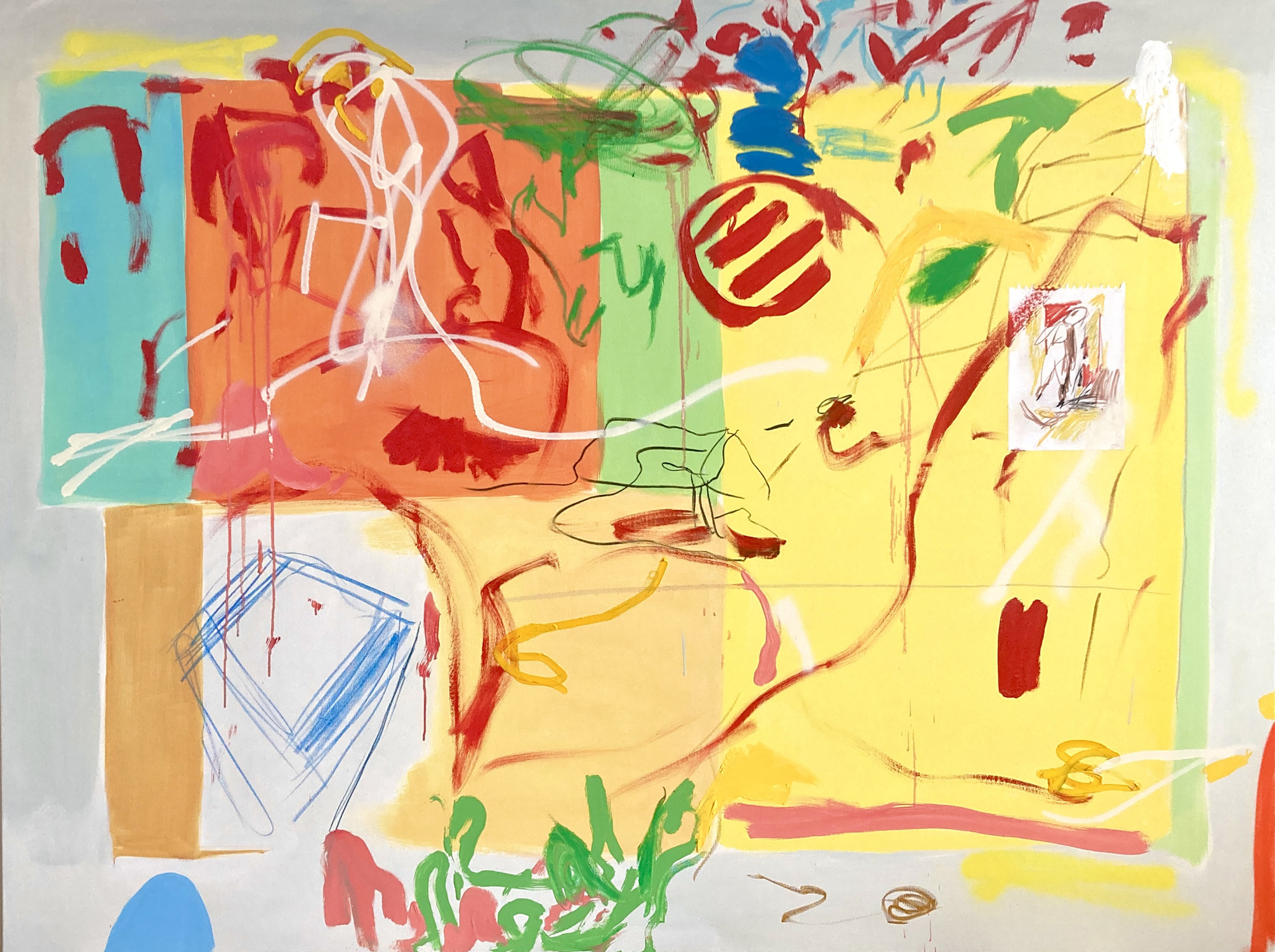
What’s your artistic background?
I liked to draw as a child of course, but it only started to become a passion in my mid-twenties. During my studies, we had classical drawing and painting classes which I adored. On my own I mostly worked in the field of paper collage at that time, returning to drawing and painting several years later.
What’s integral to the work of an artist?
Emotion and sincerity are my main driving forces. When I create, I try to ensure that each of my gestures and actions is imbued with a form of truth, unvarnished and straightforward. More than anything else, I fear the decorative, the disguised, the methodical. I’m looking for immediacy, a raw creative energy that brings me face to face with my work without detours.
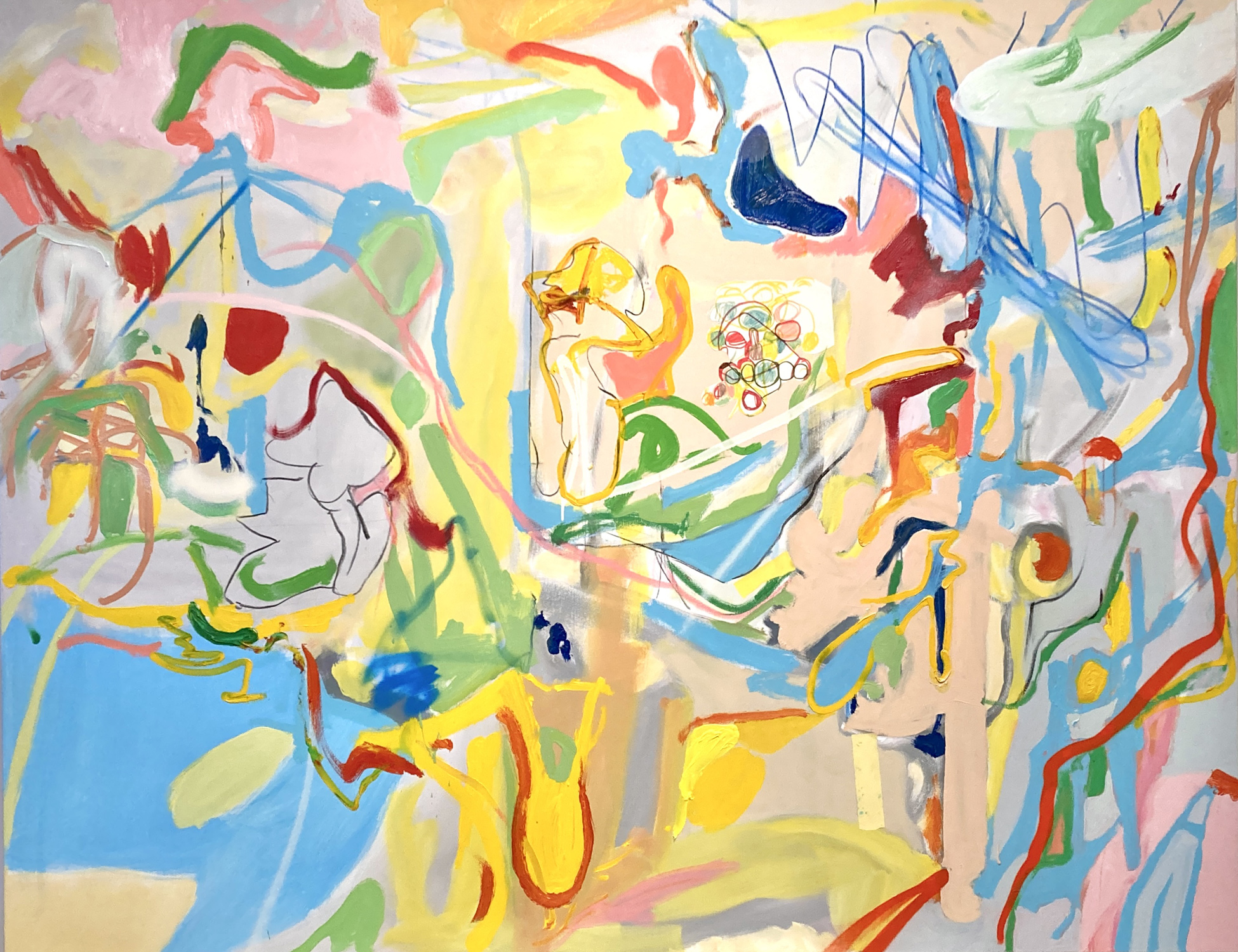
What role does the artist have in society?
I’ve always believed that visual art can convey extremely fine, precise values. The works convey a state of mind that, if you let yourself be visually impregnated, is clearly transmitted to the viewer, like an open book. Each artist transmits his or her vision of the world, with its understandings, anxieties and joys, and if possible, all this should be formally present on canvas in synesthesia.

What art do you most identify with?
In my opinion, two major artistic movements are among the most important in terms of their visual contribution to this great game of art: abstract expressionism, led by Jackson Pollock and Willem de Kooning, and the Cobra movement with Asger Jorn and Karel Appel. These arts focus on the truth of form and color relationships, and the balance between abstraction and figuration. These 2 questions are central and fundamental to me.
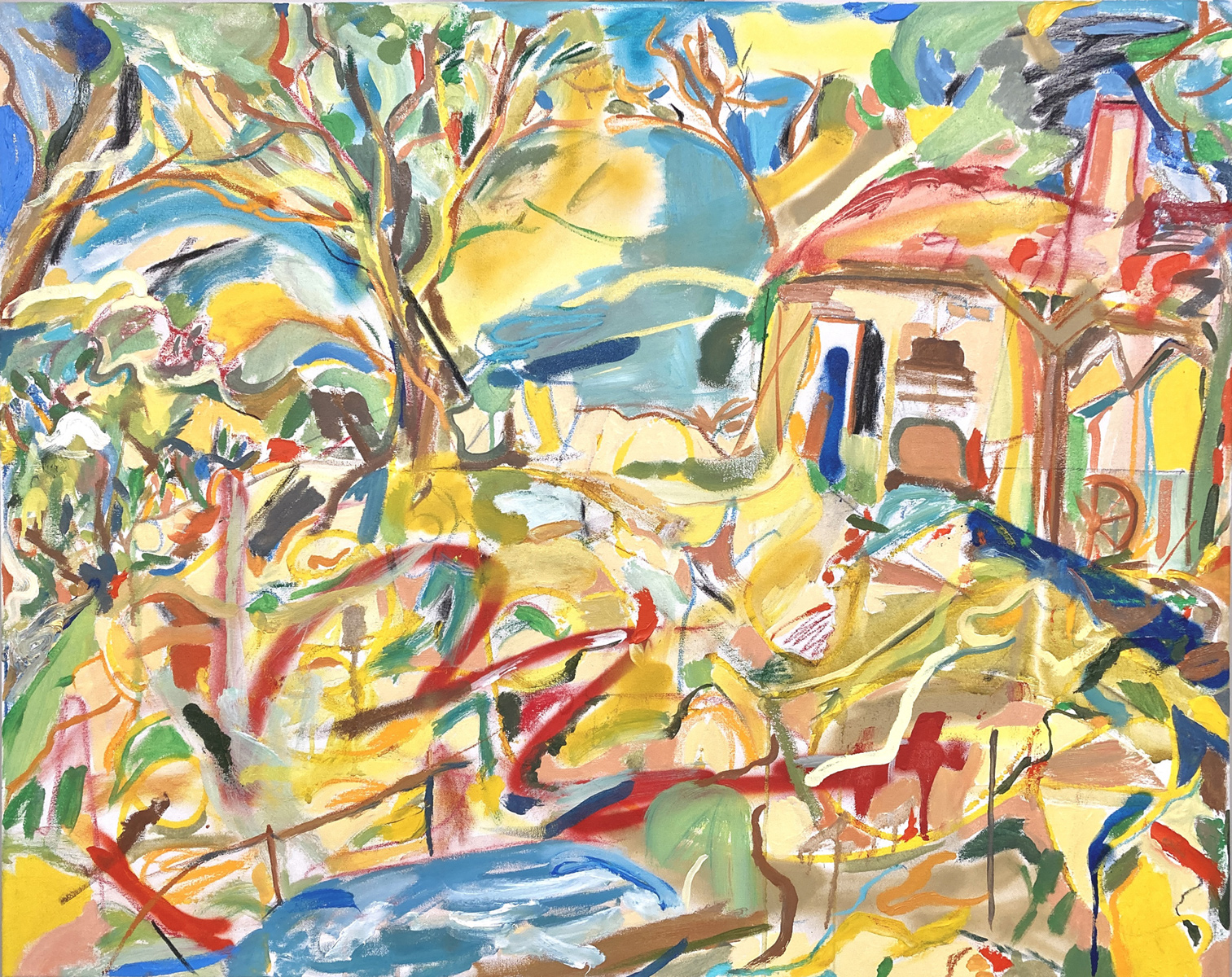
What themes do you pursue?
My themes change over time, since we are all constantly evolving, but deep-seated constants are rooted in me: childhood, nature, imagination, play, beauty. There are also darker themes that raise central philosophical questions such as death, violence and man’s place in the universe. Light and shadow cohabit in my canvases, and from one work to the next, the scales will tip one way and then the other.
What’s your favourite art work?
I have never asked myself this question, because I admire so many artists and works. What’s more, there are so many differences between genres, art forms and artists that if I had to pick just one, I’d be in a real bind. To play the game, I’d probably choose a film by Werner Herzog, probably Aguirre, la colère de Dieu.
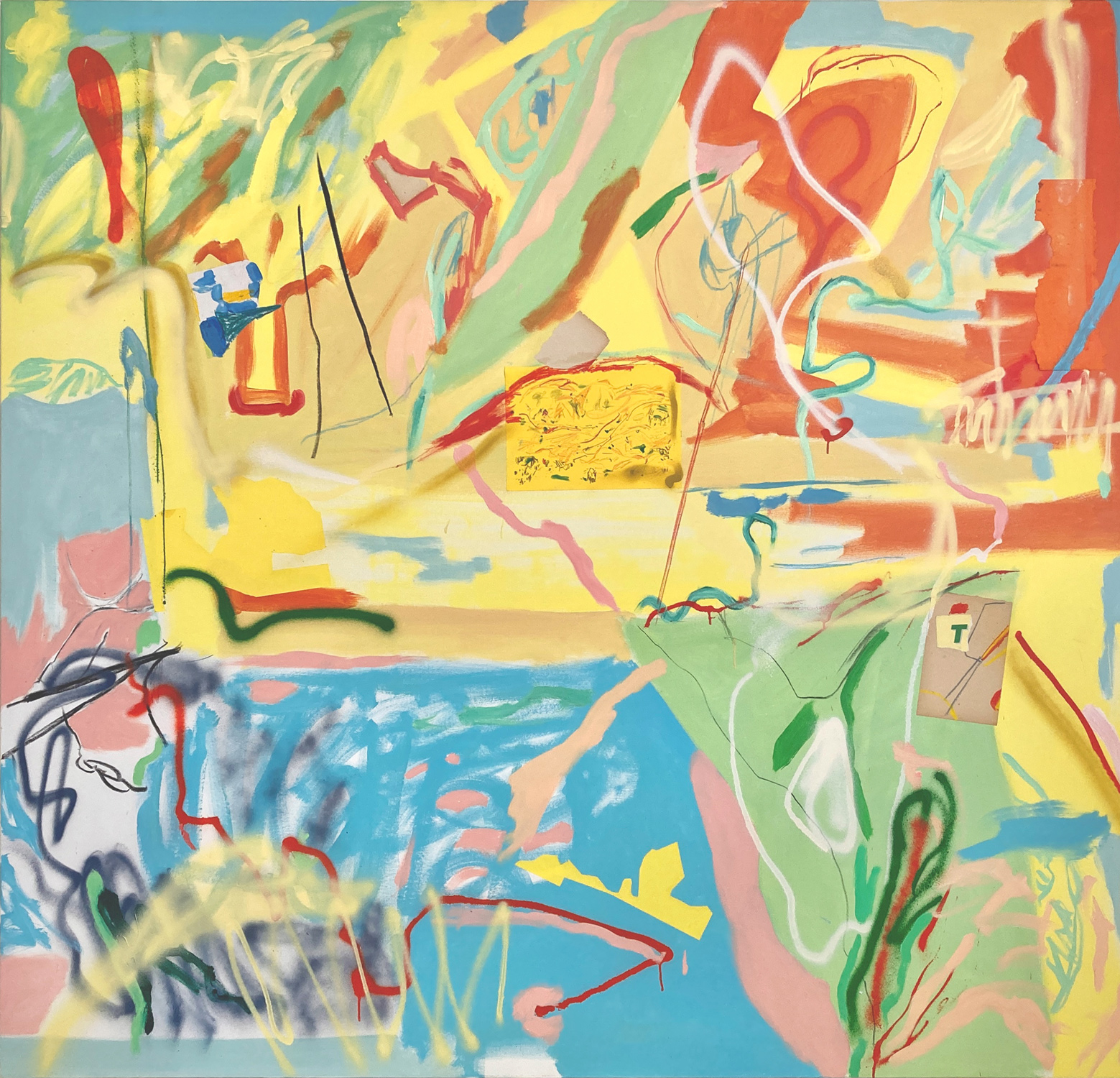
What jobs have you done other than being an artist?
I have been a graphic designer at the same time since the beginning, working mainly on layouts for print. I sadly never connected with the right people to orient my graphic practice more in the creative fields of graphic design which I highly admire like theater posters or music album sleeves.
Why art?
I was drawn to it in spite of myself, as the only thing I found worth practicing on a daily basis. It’s also the only thing I really learned during my student years.
What is an artistic outlook on life?
Life is fragile, hard and beautiful at the same time.
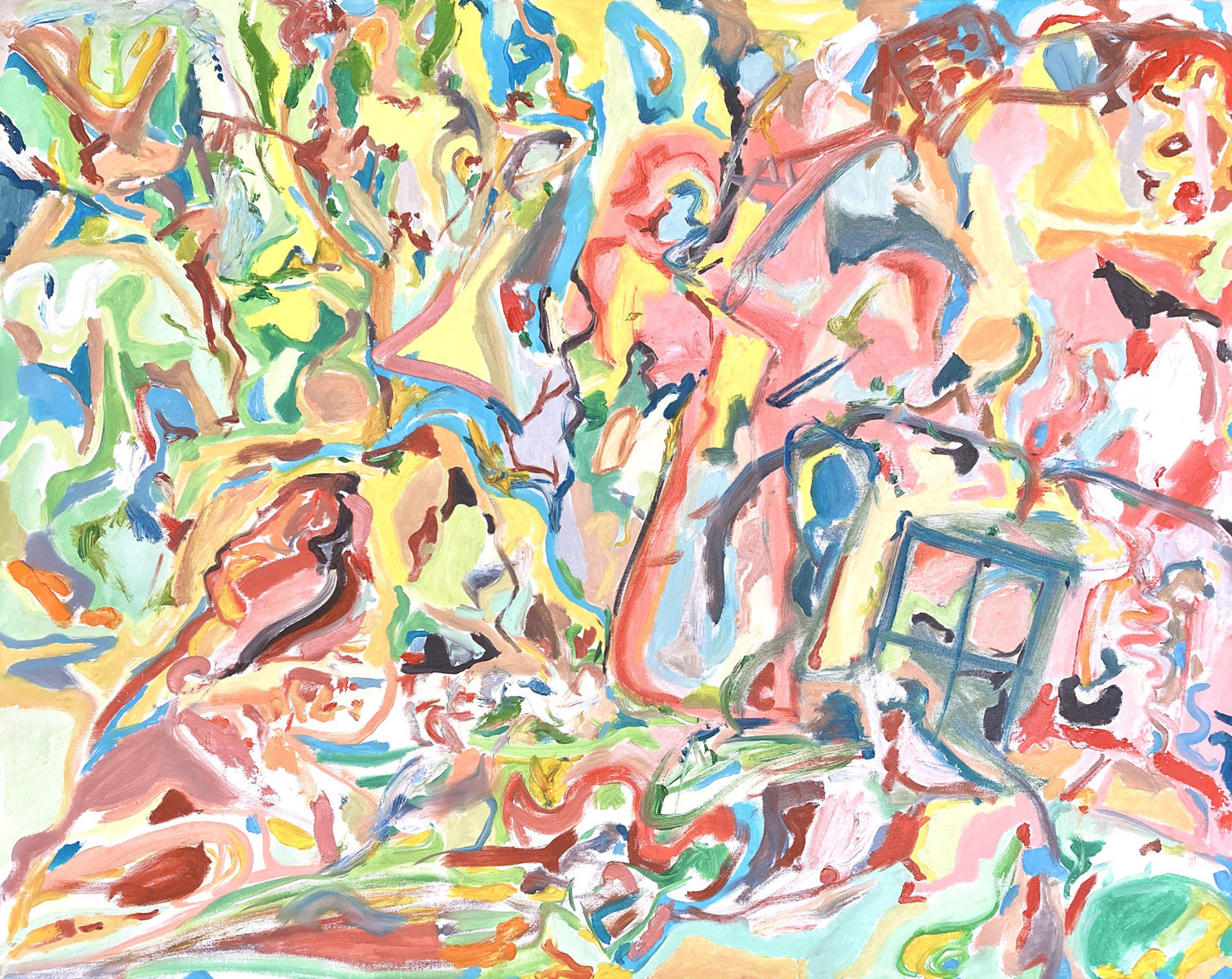
What memorable responses have you had to your work?
My grandparents who are in their 90s, both came to my studio and felt very positive vibes. They seemed to appreciate the moment, but also the visual universe that surrounded them. I was both surprised, as I was a little worried at first about the generational divide that my work might raise, and at the same time delighted to see that they were able to perceive the emotions expressed in my work.
What food, drink, song inspires you?
I like to eat simple healthy food, like fruits, vegetables or cereals. Tea and coffee are a must-have for me. About music I am much more eclectic, loving all kind of music genres, 60s garage rock, independent rock, roots reggae, hip-hop, punk, hardcore, jazz, classical music, varieties… I might have an overall slight preference for 80s music creativity and expansivity, from new wave to post-punk.

Is the artistic life lonely? What do you do to counteract it?
I am and have always been kind of a solitary sort of guy, so I do not mind nor suffer from it. Few friends and family is all I need!
What do you dislike about the art world?
Not much actually. The art world is rich and enriching. There might be some sharks or frauds, but no more than in the real world!
What do you dislike about your work?
I have an ambiguous relationship with my art: fortunately, I’m sometimes proud of my work, finding it rich and authentic, in short, finding qualities in it. But I frequently go through periods of self-doubt and questioning, during which I consider my art to be too fragile, too inaccessible and too chaotic.

What do you like about your work?
Throughout my creative process, I’m keen to maintain a raw, rough-cut form. In my opinion, this allows my work to keep it’s inherent strength, sincerity and authenticity.
Should art be funded?
Yes, I think that art is a fundamental area of humanity, like an ideological and philosophical dialogue that raises all kinds of important issues, social, political, personal and so on. Without support, a large proportion of artists would no doubt have to change their activity, and contemporary creation would then be impoverished and truncated in its diversity.

What role does arts funding have?
Cultural and artistic support enables access to as many people as possible as creators and spectators. This nurtures a form of reflection that gives substance to ideas that would otherwise remain inaccessible to the majority. Cinema, for example, easily conveys values, rich emotions and stimulating intellectual concepts to as many people as possible.
What is your dream project?
I’d like to have the opportunity one day to work on very large formats, several meters high or wide.
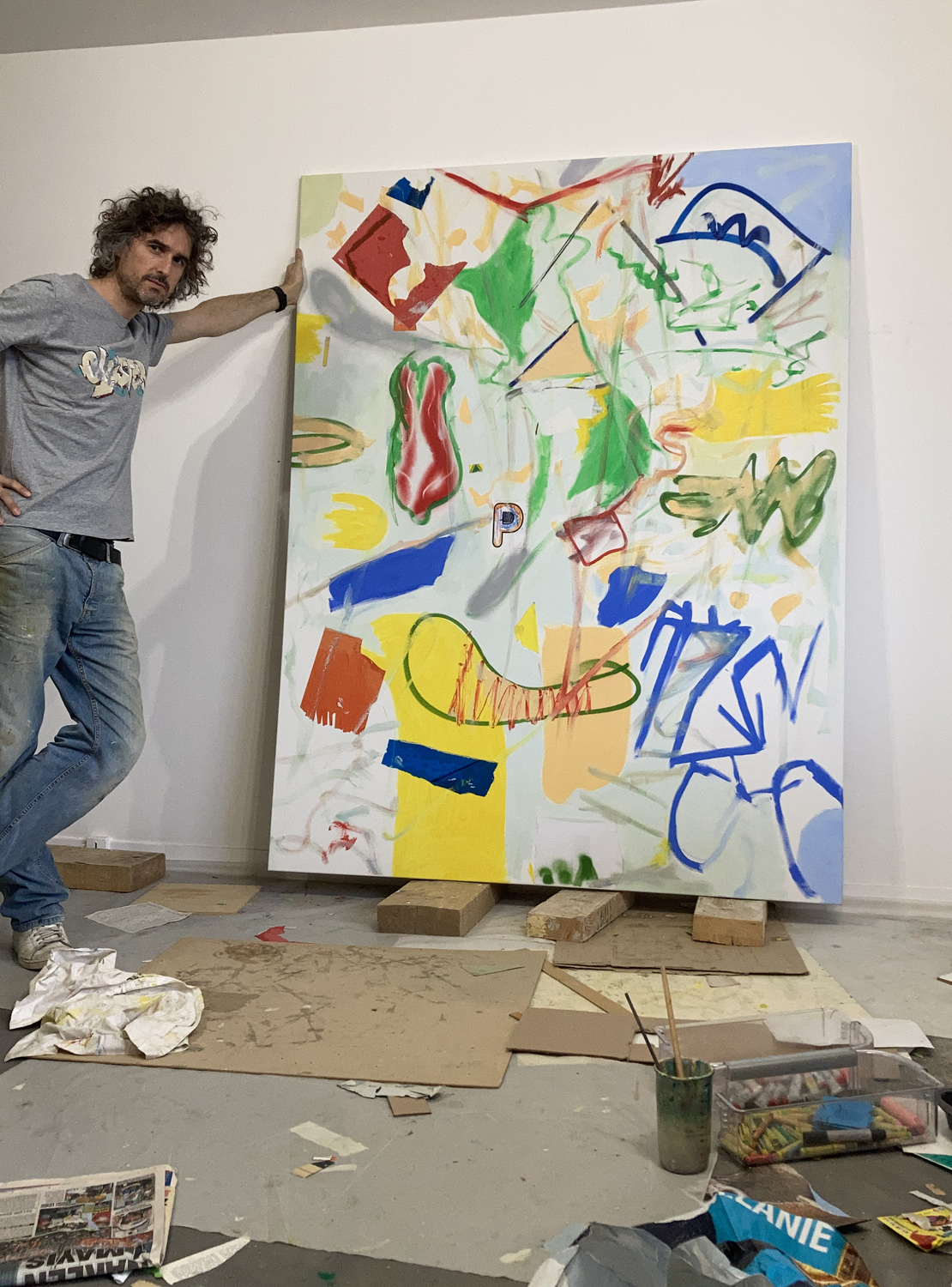
Name three artists you’d like to be compared to.
I would like to be formally connected to Arshille Gorky, Asger Jorn and Willem de Kooning.
Favourite or most inspirational place ?
My studio. I am very lucky to have a thrilling place to work in, and everyday I feel grateful for it.
What’s the best piece of advice you’ve been given?
The most passionate teacher I had, called Jean-Claude Luthon, was an amazing thinker and artist with much depth. He taught me most of the principles I use everyday in my own work. To paraphrase it briefly, his global advice would be ‘draw with your heart, not with your head’.

Professionally, what’s your goal?
Keep working everyday until the end.
Future plans?
Work more and more often on big sized canvas.


